| Specifications | |
| Hardware variants | AP-555: Internal antenna models |
|
Wi-Fi Radio Specifications |
AP type: Indoor, dual/tri-radio, 5GHz and 2.4GHz 802.11ax 4×4 MIMO
5GHz radio (dual-radio operation): Eight spatial stream Single User (SU) MIMO for up to 4.8Gbps wireless data rate with individual 8SS HE80 (or 4SS HE160) 802.11ax client devices, or with eight 1SS or four 2SS HE80 802.11ax MU-MIMO capable client devices simultaneously 5GHz radio (tri-radio operation*): Four spatial stream Single User (SU) MIMO for up to 2.4Gbps wireless data rate with individual 4SS HE80 (or 2SS HE160) 802.11ax client devices, or with four 1SS or two 2SS HE80 802.11ax MU-MIMO capable client devices simultaneously 2.4GHz radio: Four spatial stream Single User (SU) MIMO for up to 1,150Mbps wireless data rate with individual 4SS HE40 802.11ax client devices or with two 2SS HE40 802.11ax MU-MIMO capable client devices simultaneously Support for up to 1,024 associated client devices per radio* (typical recommended limit for active clients is 200), and up to 16 BSSIDs per radio Supported frequency bands (country-specific restrictions apply):
Available channels: Dependent on configured regulatory domain Dynamic frequency selection (DFS) optimizes the use of available RF spectrum Supported radio technologies:
Supported modulation types:
802.11n high-throughput (HT) support: HT20/40 802.11ac very high throughput (VHT) support: VHT20/40/80/160 802.11ax high efficiency (HE) support: HE20/40/80/160 Supported data rates (Mbps):
802.11n/ac packet aggregation: A-MPDU, A-MSDU Transmit power: Configurable in increments of 0.5dBm Maximum (aggregate, conducted total) transmit power (limited by local regulatory requirements):
Advanced Cellular Coexistence (ACC) minimizes the impact of interference from cellular networks Maximum ratio combining (MRC) for improved receiver performance Cyclic delay/shift diversity (CDD/CSD) for improved downlink RF performance Space-time block coding (STBC) for increased range and improved reception Low-density parity check (LDPC) for high-efficiency error correction and increased throughput Transmit beam-forming (TxBF) for increased signal reliability and range* 802.11ax Target Wait Time (TWT) to support low-power client devices*
*Not initially supported; will be enabled in a future software release |
| Wi-Fi Antennas | Integrated downtilt omni-directional antennas for 4×4 MIMO in 2.4GHz with peak antenna gain of 4.3dBi, and 8×8 MIMO in 5GHz with peak antenna gain of 5.8dBi in 5GHz. In tri-radio mode, the peak gain of the antennas for each of the 4×4 5GHz radios is 5.5dBi (radio 0L, lower half of 5GHz) and 5.6dBi (radio 0U, upper half of 5GHz). Built-in antennas are optimized for horizontal ceiling mounted orientation of the AP. The downtilt angle for maximum gain is roughly 30 degrees.
|
| Other Interfaces | E0, E1: HPE SmartRate port (RJ-45, maximum negotiated speed 5Gbps)
Link aggregation (LACP) support between both network ports for redundancy and increased capacity POE power can be drawn from either port (single source, or set to prioritize) or both ports simultaneously (set to combine). When set to prioritize, the AP draws power from E0 and may failover to E1. DC power interface: 48Vdc (nominal, +/- 5%), accepts 1.35mm/3.5mm center-positive circular plug with 9.5mm length USB 2.0 host interface (Type A connector)
Bluetooth Low Energy (BLE5.0) and Zigbee (802.15.4)* radio
Visual indictors (two multi-color LEDs): for System and Radio status Reset button: factory reset, LED mode control (normal/off) Serial console interface (proprietary, micro-B USB physical jack) Kensington security slot
*Not initially supported; will be enabled in a future software release |
| Power Sources and Power Consumption | The AP supports direct DC power and Power over Ethernet (POE; on port E0 and/or E1)
When POE power is supplied to both Ethernet ports, the AP can be configured to combine or prioritize power sources When both DC and POE power sources are available, DC power takes priority over POE Power sources are sold separately; see the ordering Information section below for details When powered by DC, 802.3bt (class 5) POE or 2x 802.3at (class 4) POE, the AP will operate without restrictions. When powered by 1x 802.3at (class 4) POE and with the IPM feature disabled, the AP will disable the USB port, disable the other Ethernet port, operate the 5GHz radio in 4×4 mode, and disable tri-radio operation In the same configuration but with IPM enabled, the AP will start up in unrestricted mode, but may dynamically apply restrictions depending on the POE budget and actual power. The feature restrictions and order can be programmed. Operating the AP with an 802.3af (class 3 or lower) POE source is not supported. Maximum (worst-case) power consumption (dual-radio operation):
Maximum (worst-case) power consumption in idle mode (dual-radio operation): 15.0W (POE) or 15.1W (DC). Maximum (worst-case) power consumption in deep-sleep mode: 3.8W(POE) or 3.6W (DC) |
| Mounting Details | A mounting bracket has been pre-installed on the back of the AP. This bracket is used to secure the AP to any of the Aruba mount kits (sold separately); see the ordering Information section below for details. |
| Mechanical Specifications | Dimensions/weight (AP-555; unit, excluding mount bracket):
Dimensions/weight (AP-555; shipping):
|
| Environmental | Operating conditions
Storage and transportation conditions
|
| Reliability | Mean Time Between Failure (MTBF): 855,000hrs (98yrs) at +25C operating temperature. |
| Regulatory Compliance | FCC/ISED
CE Marked RED Directive 2014/53/EU EMC Directive 2014/30/EU Low Voltage Directive 2014/35/EU UL/IEC/EN 60950 EN 60601-1-1, EN60601-1-2 For more country-specific regulatory information and approvals, please see your Aruba representative. |
| Regulatory Model Numbers | AP-555: APIN0555 |
| Certifications | UL2043 plenum rating
Wi-Fi Alliance:
Bluetooth SIG Ethernet Alliance (POE, PD device, class 4)
*Not initially supported; will be enabled in a future software release |
| Minimum Operating System Software Versions | ArubaOS and Aruba InstantOS 8.5.0.0 |
| Warranty | Aruba’s hardware limited lifetime warranty |

 Tiếng Việt
Tiếng Việt


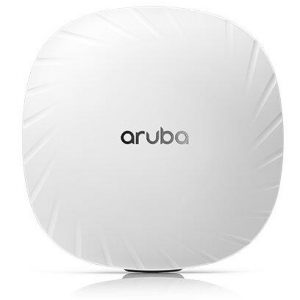
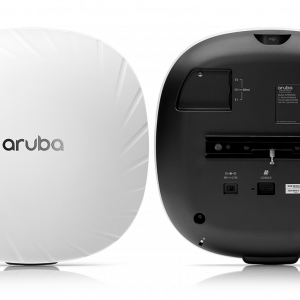
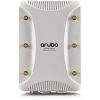
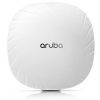
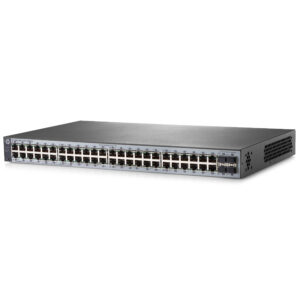
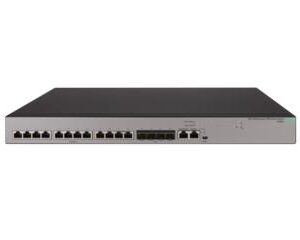
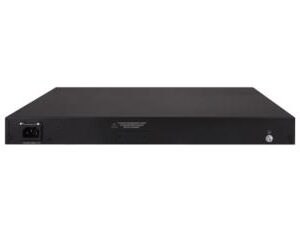
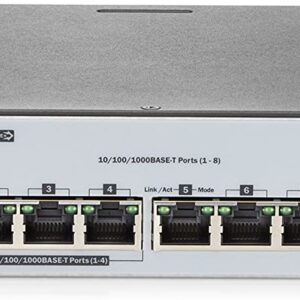
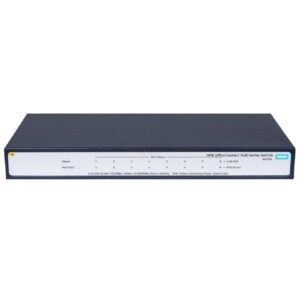
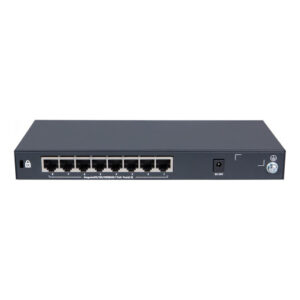
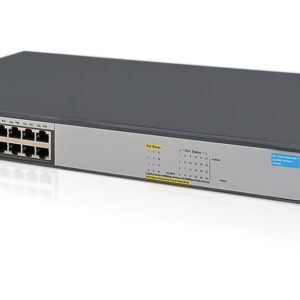
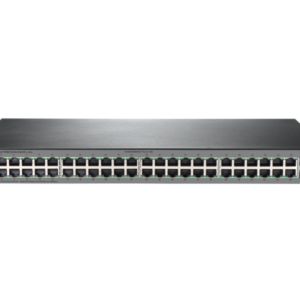
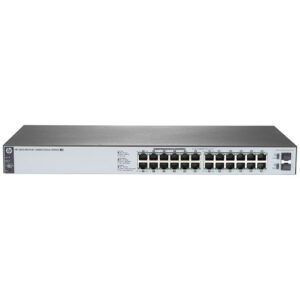
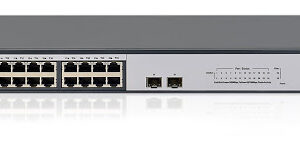
Reviews
There are no reviews yet.